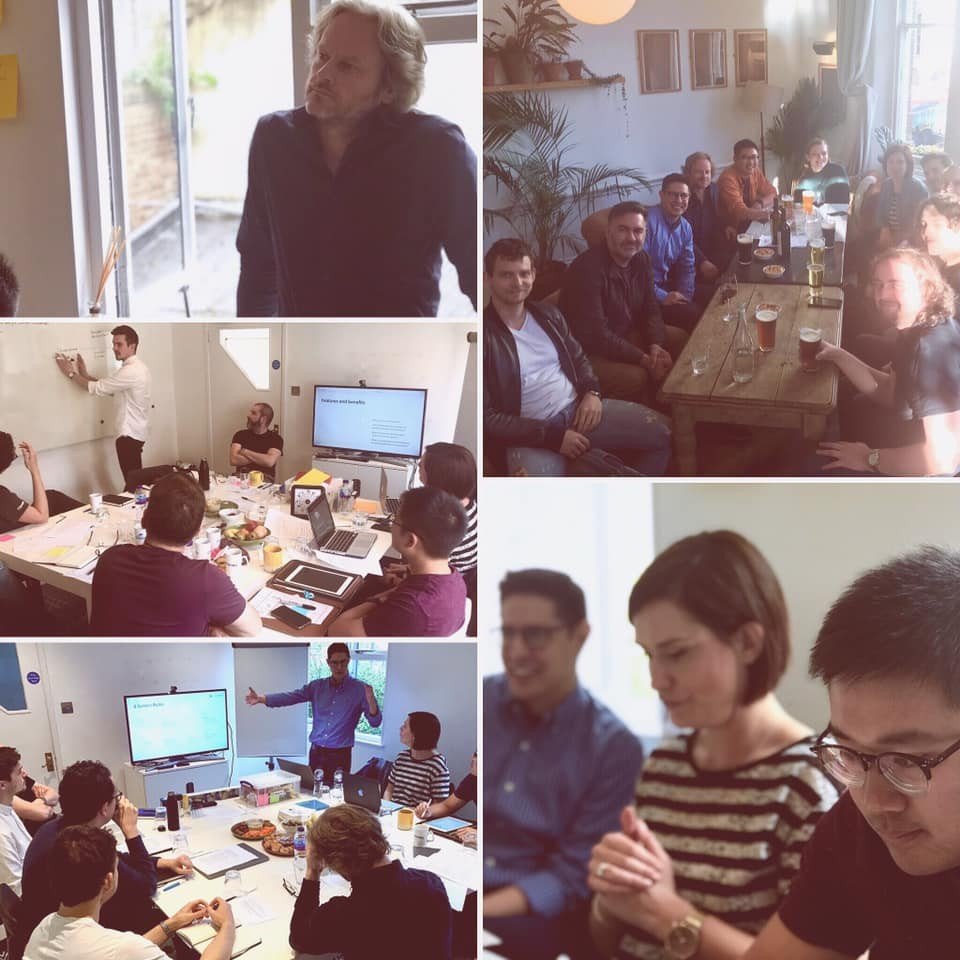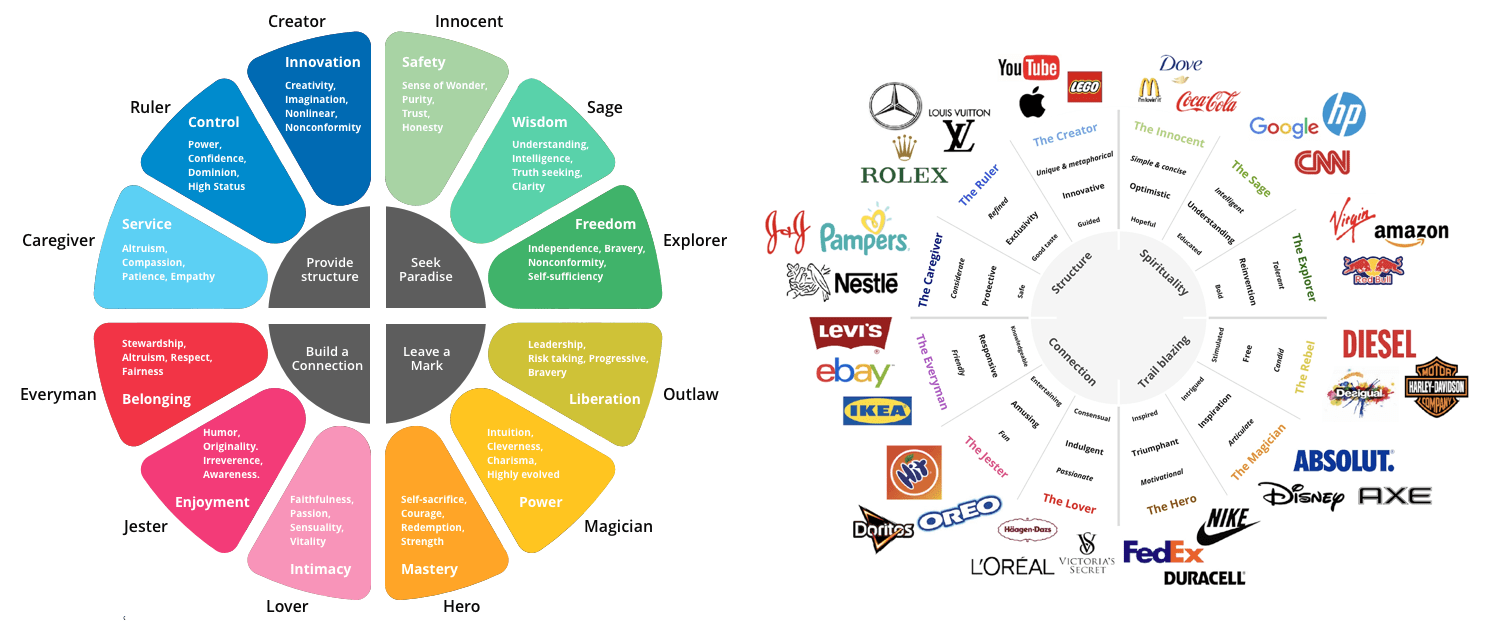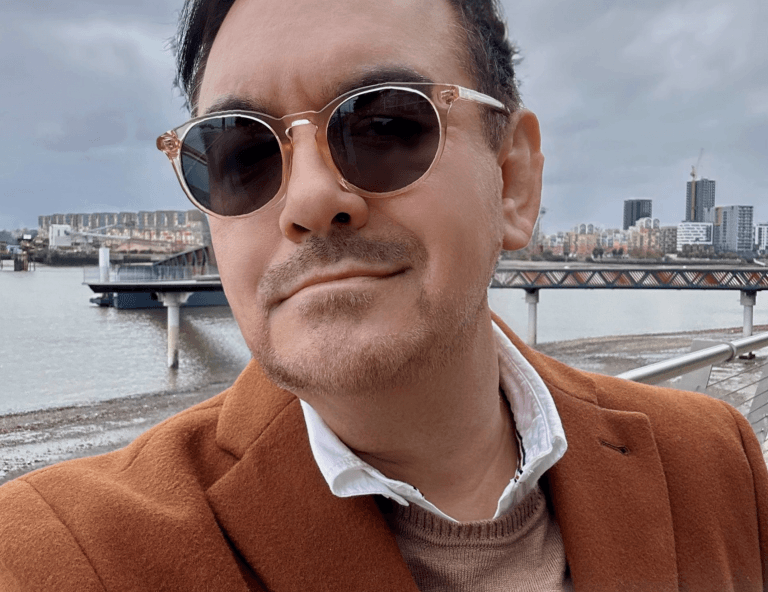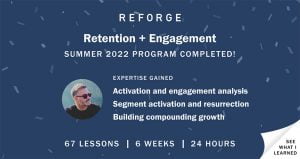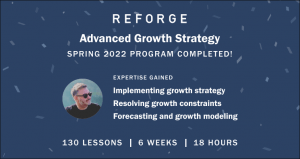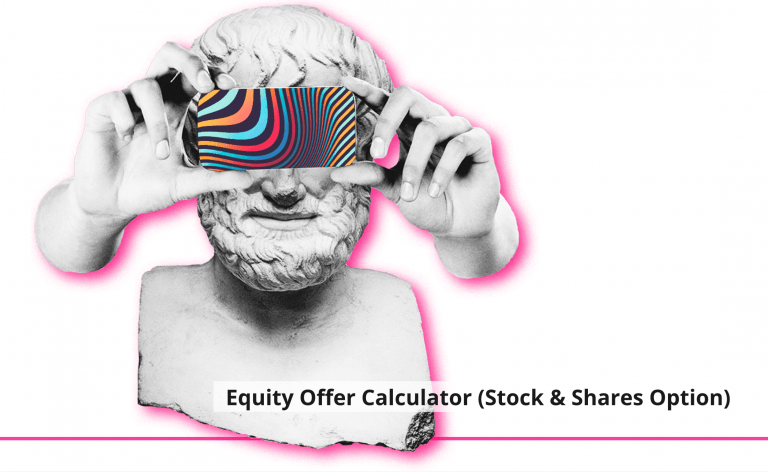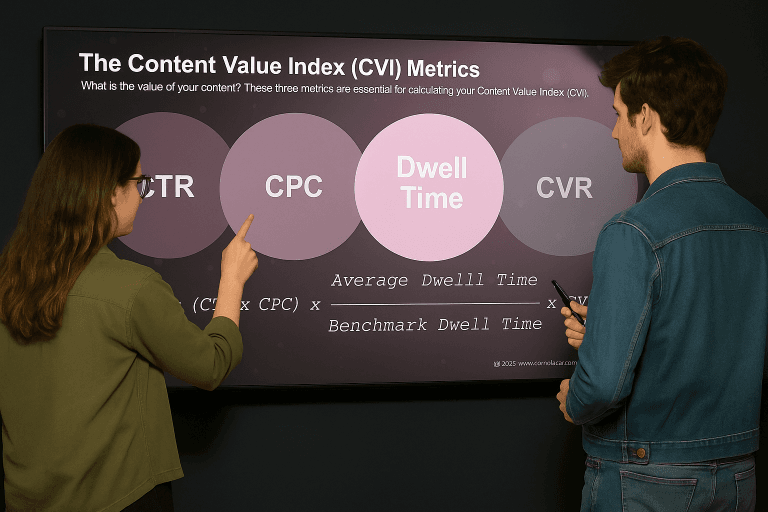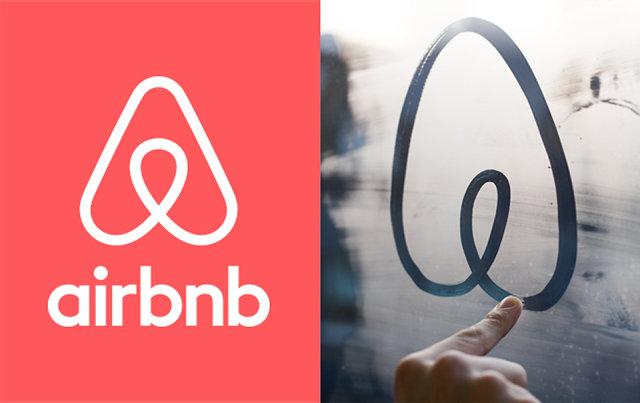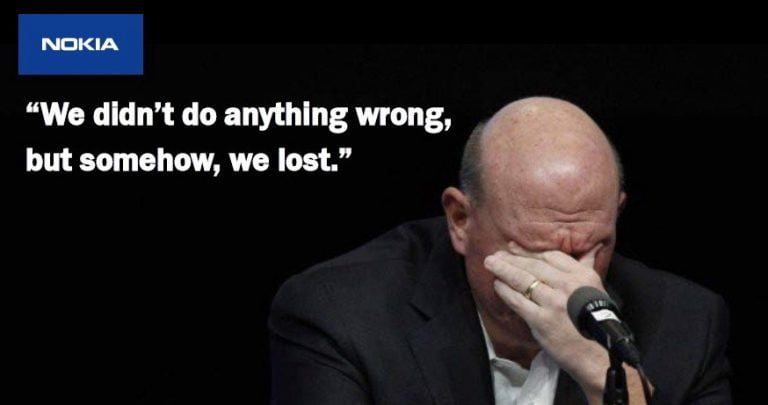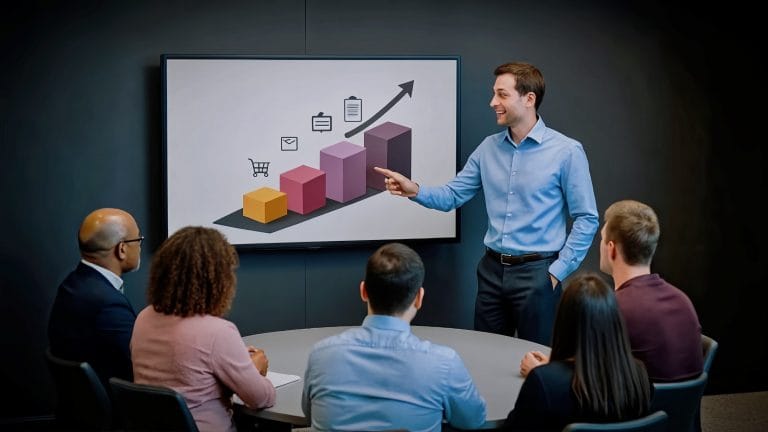Last week, I sat down with Datasine’s Content Editor, Caitlin Stanway-Williams to discuss the recently completed rebrand project for Datasine (Update: Datasine has since been acquired by Shutterstock; July 2021) and to share some of the learnings.
This is the first of two articles on the Datasine rebrand. Read part 2, the story of a rebrand: Don’t rebrand before answering these 3 must-ask questions.
This is the first of two articles on the Datasine rebrand. Read part 2:
The weight and impact of branding or re-branding can be overlooked, simplified or misunderstood.
The absence of direct, measurable ROI delegates brand projects in c-suites to an inconvenience that needs to be ticked-off – and fast.
Let's start with the basics, what's a rebrand?
Branding or a rebrand offers more than new paint – it reduces friction by clarifying a brand’s purpose and position which eventually unlocks growth opportunities.
This article aims to give answers to the questions: ‘What is a rebrand?’ and ‘Do we need a rebrand?’.
Caitlin Stanway-Williams: What does ‘rebrand’ mean and what elements go into rebranding?
Cornel Lazar: It’s not just new funky colours! It’s about applying focus and giving a statement of intent.
Like every person, every brand has a personality. Brand personality is not necessarily what you, your CEO, your investors or board want it to be. It’s about your wider culture, your people, your mission, your product, your industry — to name just a few elements.
To implement a rebrand, you must really understand who you are as a brand and what your brand’s ‘DNA’ is. This goes right back to ‘why’ your CEO or Founder started the business in the first place: What drove their ambition?
An organisation must identify first and foremost who exactly they are, and, more importantly, why they exist. What’s their purpose?
The Story of a Rebrand by Cornel Lazar Tweet
What is a "brand"?
You could get the world’s best designers working on your rebrand, and they may come up with a great-looking brand, but if it’s not authentic to your company and your culture.
You’ll soon find it was an expensive waste of money.
When rebranding, I find Simon Sinek’s ethos: “Why, How and What” — The Golden Circle useful, whereby an organisation must identify first and foremost who exactly they are, and, more importantly, why they exist. What’s their purpose?
Caitlin: How is rebranding different from just refreshing a logo, for example?
Cornel: Refreshing a logo is just that: refreshing the logo. The logo is only one part of a bigger picture.
A full rebrand is about identifying and formulating your DNA and mission statement.
A new logo as part of a rebrand is often an early manifestation where a rebrand is heading and takes the form of a ‘North Star’ for everything else. But let’s be clear:
Anyone who claims they rebranded with a new logo has not rebranded.
-

- The Story Of A Rebrand: How To Build A Brand With A Purpose (And Set It Up For Growth Opportunities)
-

- The rebrand squad during a workshop. We called in support from seasoned Art Director, Stephen Taylor and digital agency, Thin Martian.
-

- We used data to define the new brand. Every single shape, line or colour was questioned and required a mandate, it had to be defensible and not just exist for art’s sake.This was a Growth-led rebrand.
-

- Moving from the old, gut-feel brand to a fully data-backed and user-centric look & feel that intrinsically relates to Datasine’s innovative AI
How do you decide that a rebrand is needed?
Caitlin: When did we decide to rebrand?
Cornel: Previous Datasine brandings were either accidental (Datasine CEO Igor Volzhanin designed the first logo and website) or generically applied to fit into an industry category.
Differentiation and brand personality were certainly not part of the previous brand incarnations, yet Datasine is all about personalising how brands communicate with their audience, and that was missing.
And that’s why I agreed a rebrand was needed.
We called the brand concept descriptively “Connecting the Dots”. It was referring to data points and represented the mission of building authentic, personal connections between brands and their audience.
Our first phone call lasted 30 minutes and touched on everything and everyone; from Joan Miro’s coded design language to Dieter Rams’ product design.
The Story of a Rebrand by Cornel Lazar Tweet

Building a Rebrand Squad
Caitlin: Who are the stakeholders in a rebrand?
Cornel: It really depends on the organisation. At Datasine this included the leadership team of four founders, I engaged an external Art Director, Stephen Taylor of Heat Design to define a new brand and design agency, Thin Martian executed that concept into a living brand.
In this setup, I identified that my role as Marketing Director was not to impose my thoughts and ideas but to act as mediator or conductor between our Art Director and the leadership team, and bring in guidance in the decision-making process.
Finding the best designer for your project is crucial. Someone who understands design as communication, brings direction and leadership.
Working with Stephen in particular was exciting. He’s a relentless ideas machine.
At the same time Stephen communicates processes clearly, as well as defining deliverables and timelines. I got off that call knowing, ‘that’s our guy.’
Caitlin: What questions do you need to ask yourself before you rebrand?
Cornel: Do we really (Really!) need a rebrand? 9 times out of 10 the answer is: ‘no’.
From my experience, I’ve discovered that in most instances adjusting and implementing an existing branding can be the better and less costly approach.
Leadership teams often don’t appreciate or understand the extend of a rebrand or even assuming that they can do it themselves when in reality rebranding is one of the toughest projects a Marketing Director or CMO can be tasked with as it impacts every aspect of the organisation.
The Datasine founding team was excellent to work with as we fully agreed on the need and approach for the rebrand.
They gave me a greenfield approach: Question everything. And we did. Right down to the brand and product identity.
In fact, at one stage we involved the whole team and even had an office vote on the name ‘Datasine’.
We ended keeping Datasine, but during this process our product changed from ‘Pomegranate’ to ‘Connect’, a name that better reflects Datasine’s mission to get brands communicating more effectively with their customers.
Be the conductor, not the composer
Caitlin: What did you learn from the rebrand?
Cornel: One thing I take away is this: Make sure you as the Marketing Director (or whatever role you have when tasked with the project) don’t end up also being the Project Manager.
You need someone dedicated to manage this monster of a project.
Also, practice patience and be transparent regarding the length of the project.
Particularly startups don’t have time, but a rebrand will almost certainly take longer than initially projected. We were given four weeks – impossible! – and it took about three months in the end.
Which is still remarkable and the result speaks for itself.











